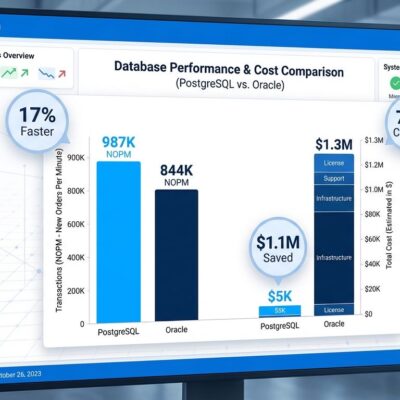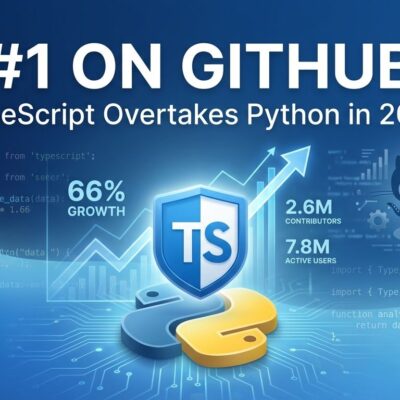
Sprint planning was supposed to make teams agile, but 68% of development teams now call it their least productive meeting. The irony is brutal: Agile promised to replace waterfall bureaucracy, yet here we are spending 23% of our workweeks debating story points and committing to fixed sprint goals. Thousands of teams are ditching orthodox Scrum for Scrumban—a hybrid approach that keeps the good parts (standups, retros) while eliminating the waste (sprint planning marathons, story point theater, artificial deadlines).
The data is clear: teams switching to continuous flow report 40% faster delivery, 60% fewer defects, and dramatically better morale. This isn’t about abandoning Agile principles—it’s about questioning whether rigid frameworks have become the new bureaucracy.
The Sprint Planning Problem
Sprint planning is broken. 68% of Agile teams report it as their most challenging ceremony, with 67% calling it their least productive meeting type. The root problem: sprint planning involves “endless debate over story points” and “the pressure to commit to a fixed amount of work”—essentially fortune telling.
Most development teams spend 23% of their week in meetings, with sprint planning consuming the largest chunk. Teams with less than 50% active participation in planning show 40% lower velocity and 60% higher defect rates. Story points, meant to estimate effort, are typically misunderstood as productivity metrics. One organization tried performance reviews based on story points delivered by individual developers—it was a complete disaster. Team output dropped dramatically as developers stopped helping each other.
Developers describe story points as “part of the daily bullshit bingo that is modern software development.” Sprint planning and story points directly contradict Agile’s “respond to change” principle. Fixed sprint commitments create pressure without value, and story point debates waste hours that could be spent shipping code.
How Agile Became the Bureaucracy It Fought
The Agile Manifesto emphasizes “individuals and interactions over processes and tools” and “simplicity—the art of maximizing the amount of work not done.” Yet Scrum often morphs into a rigid, bureaucratic exercise with ceremonies that become less about agility and more about feeding spreadsheets.
Companies end up with bastardized Scrum: ceremonies, story points, and velocity charts, but no effective development process. “Faux agile” and “dark agile” are exacerbated by monetization of Agile education and consulting. An ever-recurring nightmare of standups, sprint grooming, sprint planning and retros leads to staleness—Scrum champions repetition, not new and fresh ways of working.
This is the irony at the heart of modern Agile. Agile was supposed to liberate teams from waterfall bureaucracy, but orthodox Scrum created new bureaucracy. This hypocrisy undermines developer morale and contradicts the founding principles.
Teams Switching to Scrumban See Dramatic Results
Organizations implementing Kanban and Scrumban methodically report 40% faster delivery, 60% fewer defects, and 25% improved team satisfaction. Real companies show even more dramatic results.
Vanguard saw 4x delivery throughput with 1/4 the average lead time. Microsoft XIT went from worst service record to best after adopting Kanban, despite being geographically dispersed. NET-A-PORTER reported a more relaxed, collaborative, and purpose-driven work environment. One development team achieved 40% faster feature delivery and 60% reduction in context switching after ditching Agile ceremonies, recording their highest team satisfaction scores ever.
Developers reported feeling “more creative, more engaged, and significantly less burned out” without constant ceremony interruptions. This is the proof that alternatives work. Not theoretical—real companies with measurable outcomes. This evidence counters the “you’re doing Scrum wrong” defense by showing teams succeeding precisely by abandoning orthodox Scrum.
What Scrumban Actually Is
Scrumban combines Scrum’s structure (standups, retrospectives) with Kanban’s continuous flow, eliminating sprints and story points. Instead of fixed-length iterations, work flows continuously through a visual board with WIP (work-in-progress) limits. Teams pull work when ready rather than batch it into sprints.
There’s no sprint planning, no story point debates, no fixed commitments—just continuous delivery based on capacity and priority. Teams deliver features as they complete them—no need to wait for sprint to end. This provides greater flexibility for changing priorities and faster response to urgent issues.
What Teams Keep: Daily standups (brief, focused), retrospectives (continuous improvement), Kanban board visualization, WIP limits.
What Teams Drop: Sprint planning marathons, story point estimation, fixed sprint commitments, sprint review ceremonies.
Flow-based metrics (cycle time, throughput) replace story points and velocity. This approach better embodies “respond to change” than fixed sprints.
Agile Is Dead, Long Live Agility
The “agile is dead” discourse doesn’t advocate returning to waterfall. Instead, it suggests we’ll stop talking about agile frameworks separately and just talk about teams and development while assuming agility. The focus should be on fostering adaptable, feedback-responsive teams that prioritize continuous flow and improvement, drawing from a broad body of knowledge beyond any single framework.
Scrumban allows teams to “find a happy medium between continuous flow and sprinting.” The highest-performing teams completely abandon estimation as waste that slows them down. Shape Up (Basecamp’s methodology) offers another alternative: 6-week cycles, no sprints, no standups, no story points—teams report escaping the “sprint treadmill.”
Smart teams are customizing—keeping what works (standups, retros), discarding what doesn’t (sprint planning, story points). The future isn’t about choosing one framework—it’s about building processes that adapt. Not anti-Agile, but anti-rigid-frameworks. Teams should have autonomy to choose what works.
Key Takeaways
- Sprint planning wastes time: 68% of teams struggle with it, 67% call it their least productive meeting
- Scrumban keeps the good, drops the waste: Retain standups and retros, eliminate sprint planning and story points
- Real results are dramatic: 40% faster delivery, 60% fewer defects, 25% better team satisfaction
- Choose principles over process: Agile Manifesto values individuals over processes—let teams decide what works
- Alternatives exist: Scrumban, pure Kanban, Shape Up—all offer escape from sprint bureaucracy












